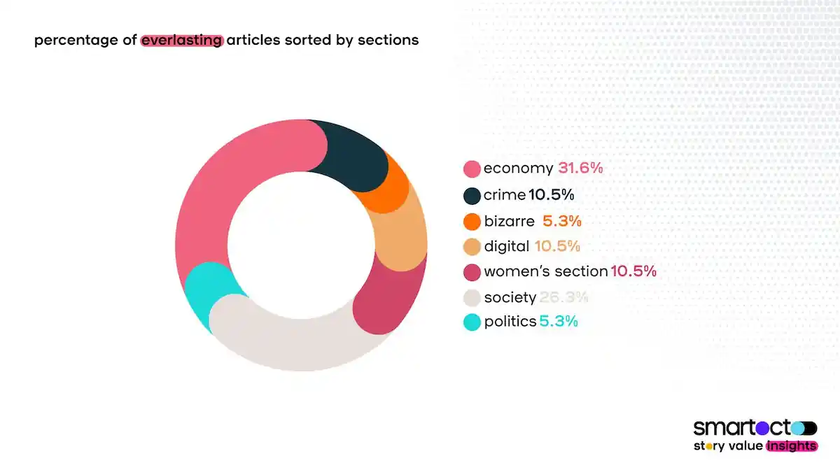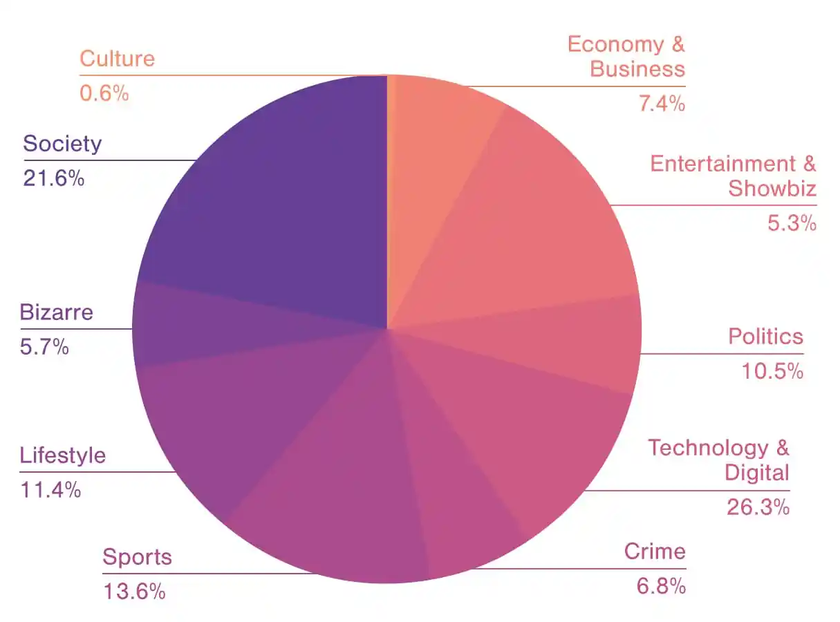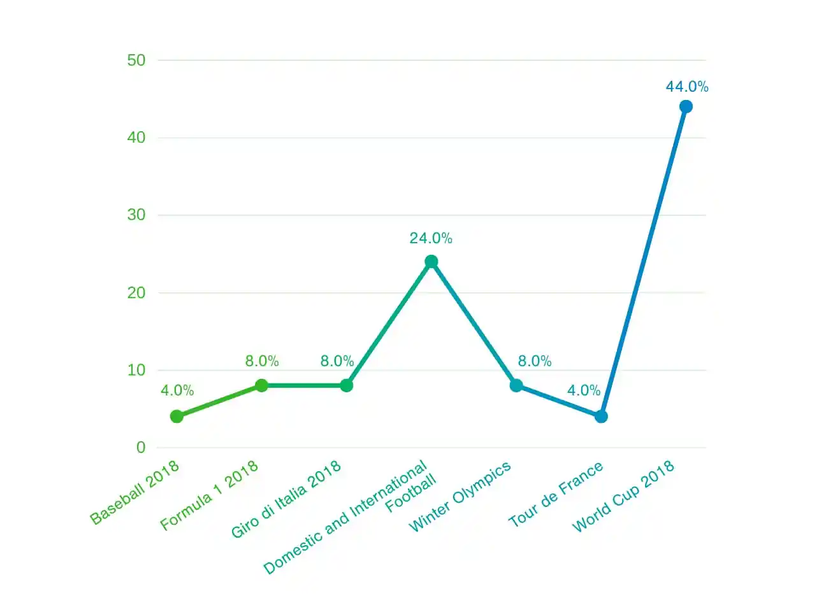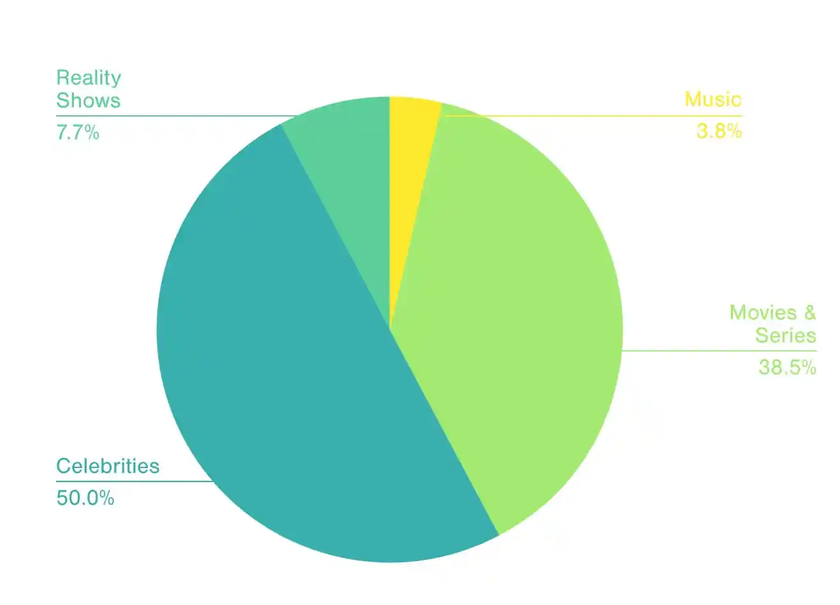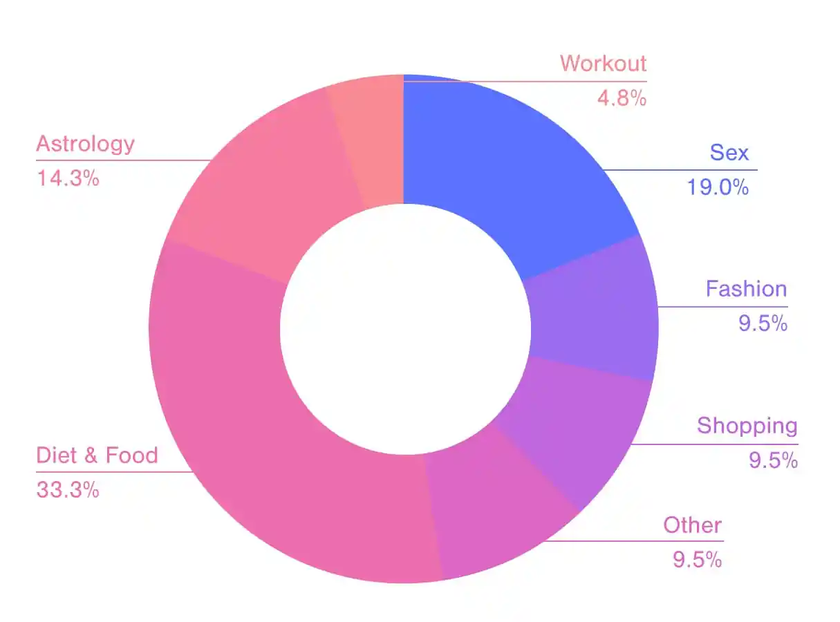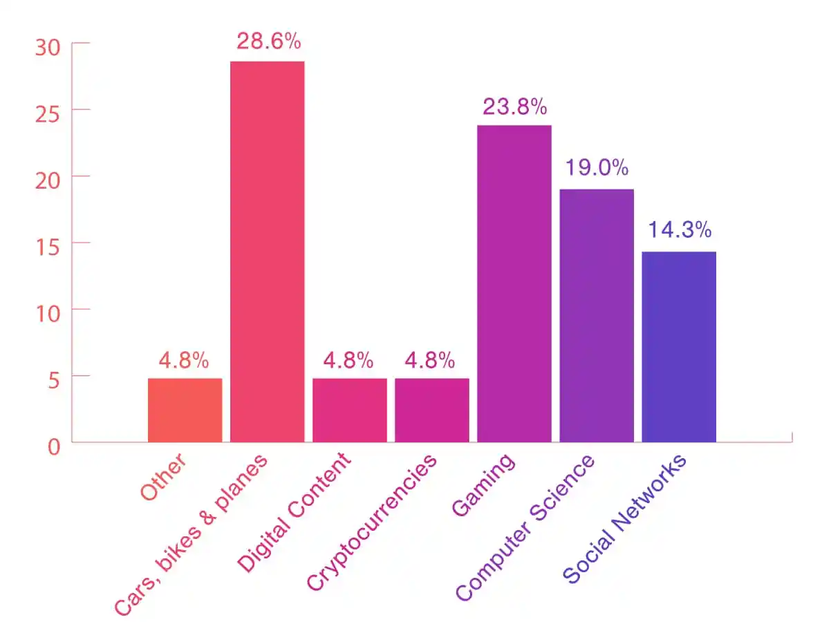The current landscape for publishers is a deafening one. With everyone churning out content, readers – and publishers – are having a hard time breaking through the noise. More than 4.4 million blog posts go live every day. And that’s just blog posts.
A lot of media organisations have also increased their output, but their overall engagement rates continue to plummet. Many publishers don’t understand that trying to cut through the noise with quantity isn’t a great strategy. Media organisations that survive and thrive in this climate are the ones who’ve taken the time to consider reader behaviour, demands, and engagement and approach content production with those facts in mind.
They are focusing on content that’s in line with their reader interests and thus less likely to become immediately dated. They produce articles with stamina that work well. Even in the long run.
Hello, longtail content.
Longtail encompasses all content that generates traffic more than three days after publishing. At smartocto we make a further distinction and also define Everlasting content. Down in the depths of our labs, our data scientists have come up with a great way to highlight exceptional content. High-performing articles are compared with articles published in the past 30 days. If they rank higher than these recent offerings, they’re deemed Everlasting. This is repeated month after month until that piece of content stops performing quite so well. Without even looking at the types of subject matter covered in such articles, you’ve probably already surmised that Everlasting content aren’t time-sensitive and don’t date – and you’d be right.

